Academia Neoconfuciana Dosan Seowon (도산서원) [Patrimonio Cultural de la Humanidad de la Unesco]
14.0Km 2024-05-17
Dosanseowon-gil 154, Dosan-myeon, Andong-si, Gyeongsangbuk-do.
La Academia Neoconfuciana Dosan Seowon fue fundada en 1574 (séptimo año del rey Seonjo), por discípulos confucianos y otros que apreciaban las memorias del ministro Lee Hwang. Era una academia donde Lee Hwang, cuyo seudónimo era Toegye, instruyó a sus estudiantes y se concentró en sus estudios académicos. En 1574, ya durante la dinastía Joseon (1392-1910), los eruditos confucianos y otros literatos establecieron un mausoleo denominado Sangdeoksa, que en 1969 fue designado Tesoro Nacional. Después de ubicar el mortuorio y ejecutar los ritos sacrificiales, finalizaron con la construcción de la academia mediante la edificación de Jeongyodang (Tesoro Nacional) y las alas Este y Oeste (donde los estudiantes podían estudiar). Cuando se terminó de edificar la academia, el rey Seonjo hizo entrega de la tabla con el nombre de la institución. Cuando se entra por la puerta principal, se podrá ver a la academia Dosan Seowon sobre la derecha. La estructura de esta construcción es simple con pilares cuadrados y vigas sencillas insertadas perpendiculares a los pilares. Entrando por la puerta Jindomun, hallará la Gwangmyeongsil donde se guardaban los libros. También verá el Jeongyodang, edificio principal, y las alas Este y Oeste. Detrás de Jeongyodang se encuentra el Mausoleo Sangdeoksa y el Jangpangak, un árbol para imprimir las "12 Canciones de Dosan". El Okjingak que fue reconstruido en 1970, funciona actualmente como expositor de las reliquias del maestro Toegye, tales como sus objetos, muebles y libros favoritos, entre otras.
Wang Jjamppong (왕짬뽕)
14.1Km 2021-03-26
5, Supjaengi-gil, Andong-si, Gyeongsangbuk-do
+82-54-823-5989
A place where you can enjoy various Chinese dishes. This Chinese (cuisine) restaurant is located in Andong-si, Gyeongsangbuk-do. The most famous menu is spicy seafood noodle soup.
Mujumu Songuksu (무주무손국수)
14.2Km 2021-03-24
29-10, Mujumu 4-gil, Andong-si, Gyeongsangbuk-do
+82-54-823-2563
It is a place where you can enjoy noodles at low prices. This Korean dishes restaurant is located in Andong-si, Gyeongsangbuk-do. The most famous menu is Chilled Buckwheat Jelly and Rice Soup.
Nosongjeong Head House (노송정종택(퇴계생가))
14.4Km 2025-06-17
46-5, Onhyejungma-gil, Andong-si, Gyeongsangbuk-do
On-gye Jongtaeg (Sambaegdang)/ 온계종택 삼백당
14.5Km 2025-03-04
20, Onhyejungma-gil, Andong-si, Gyeongsangbuk-do
+82-10-2988-3435
Ongyejongtaek Sambaekdang is a hanok restored on the site where Ongye Yihae, older brother of Toegye Yi Hwang, used to live. Being the headquarters of the rightoue army against the Japanese, the house was burned by the Japanese military authority in 1896 but restored with support from the government and others, and it was finally completed in May 2011. It is the 500-year old chestnut tree, symbol of the village, which welcomes guests first. The house itself is not old but the atmosphere of the family dominates the building with dignity. Small decorations such as a wooden table, floor cushions, and mother-of-pearl furniture pieces are all nice to look at. There are 7 rooms altogether with bathrooms or air conditioners depending on the room size. There are a shared shower facility and a laundromat outside the rooms, with shared kitchen, warehouse, and a big floor. Cooking is not allowed in the rooms but outdoor barbecue facilities are available for a group of 10 or more who inquire in advance. Tea ware pouch making or Hanji craft programs are conducted based on the reservation at a charge. In the village where the house is located, there are several historic and natural sites such as Nosongjeongjongtaek where Toegye Yihwang was born, Nongamjongtaek, Toegyejongtaek, Dosanseowon Confucian Academy, Advanced Center for Korean Studies, Cheongryangsa Temple, and Dosan Spa.
Imyeonjae Head House [Korea Quality] / 흥해배씨 임연재종택 [한국관광 품질인증]
14.9Km 2020-09-03
51, Hyanggyo 1-gil, Andong-si, Gyeongsangbuk-do
+82-10-9077-7216
The Lim Yeon-Jae Head House of Heunghae Bae's Clan was built by Bae Cheon-Seok (1511~1573), Vice Minister of War, in 1558 in Domok-ri, Wolgok-myeon, Andong but was moved to its current location in Songcheon-dong, Andong in 1973 due to the construction of Andong Dam. The house has inherited the tradition of Baekjukdang Bae Sang-Ji (1351~1413) who refused to serve two kings out of loyalty to the Goryeo Dynasty. Bae Sang-Ji is the first ancestor of Heunghae Bae's Clan who settled in Andong. The Lim Yeon-Jae Head House was designated for the permanent worship of the spirit of Governor Bae Sam-Ik (1534~1588, pen name: Lim Yeon-Jae, nickname: Yeowoo) who was the son of Bae Cheon-Seok and a student of Toegye Yi Hwang and who served as the Governor of Hwanghae-do after passing the civil service examination. The house was nicknamed Geumyeokdang after the pen name of Bae Yong-Gil (1556~1609, nickname: Myeongseo), who was a son of Lim Yeon-Jae and who served as secretary of Chungcheong-do Province after passing the civil service examination and fought as a member of the army for the cause of justice during Japan’s invasion of Korea in 1592. With the antique charm of a traditional Korean house, the Lim Yeon-Jae Head House boasts of beautiful walls, stairs, eaves, etc. The windows and doors of the house decorated in the construction style of the early Joseon Dynasty are especially beautiful. In the head house is the time-honored space used as a study since the establishment of the house, which has been opened recently as a little library to accommodate the neighbors who love reading by inheriting the tradition of the house with a collection of many books and opening a bookstore. The little library of Baekjuk Historic House is furnished with more than 5,000 books in different genres including novel, humanities, history, cartoons, and books for infants. You can enjoy time travel to the past through the experience of the old house and by reading books in the library. An air-conditioning/heating system has been installed in every room, with communal bathrooms equipped with the latest facilities positioned here and there in the house for the convenience of visitors.
Geon Won (전원)
14.9Km 2021-03-24
23-6, Angyojeolgol-gil, Andong-si, Gyeongsangbuk-do
+82-54-858-4732
This is a place that sells duck meat and stew. This Korean dishes restaurant is located in Andong-si, Gyeongsangbuk-do. The representative menu is chicken and seafood soup.
Daemyeong Sikdang (대명식당)
15.1Km 2021-04-05
17, Eoranan-gil, Andong-si, Gyeongsangbuk-do
+82-54-853-5255
It is a place where you can enjoy various Korean side dishes. The best menu at this restaurant is homemade-style set menu. This Korean dishes restaurant is located in Andong-si, Gyeongsangbuk-do.
Ijo Sigyuk Sikdang (이조식육식당)
15.1Km 2021-03-24
5, Jangteojungang-gil, Andong-si, Gyeongsangbuk-do
+82-54-858-6681
It is a place where you can enjoy Korean traditional beef bulgogi. This Korean dishes restaurant is located in Andong-si, Gyeongsangbuk-do. The most famous menu is grilled beef ribs.
Naegohyang Sikdang (내고향식당)
15.2Km 2021-03-26
15, Eoranan-gil, Andong-si, Gyeongsangbuk-do
+82-54-853-8631
This is a place where you can enjoy Andong Jjimdak, the representative dish of Andong. This restaurant's signature menu is braised chicken. This Korean dishes restaurant is located in Andong-si, Gyeongsangbuk-do.

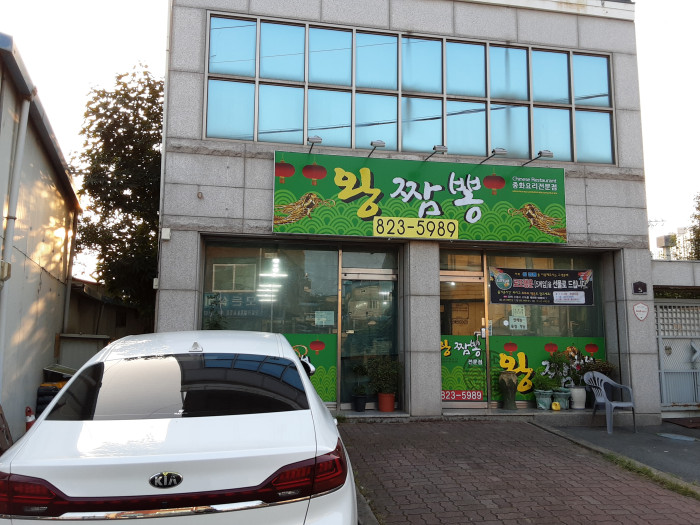
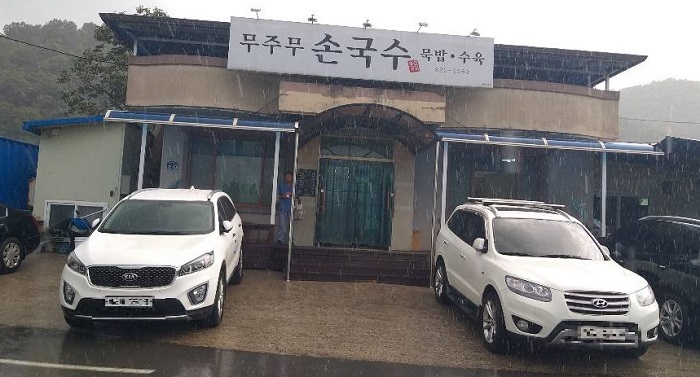
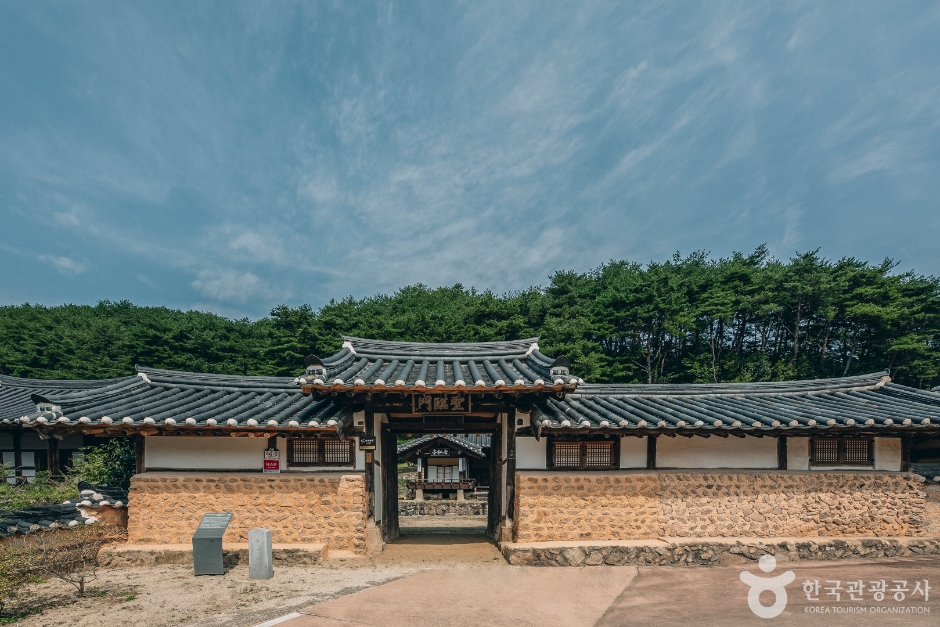
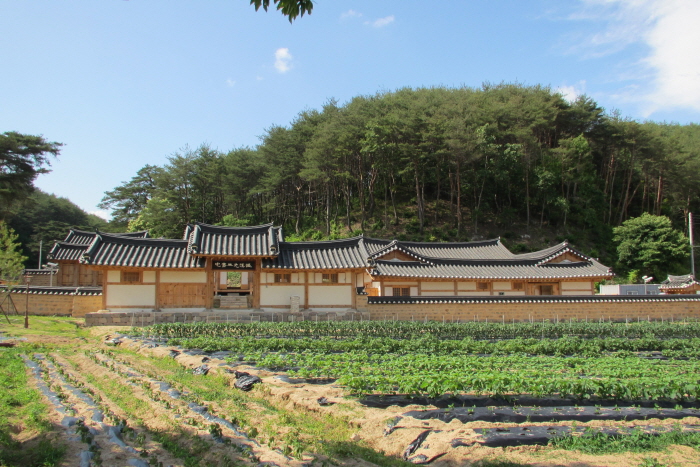
![Imyeonjae Head House [Korea Quality] / 흥해배씨 임연재종택 [한국관광 품질인증]](http://tong.visitkorea.or.kr/cms/resource/84/2627384_image2_1.jpg)
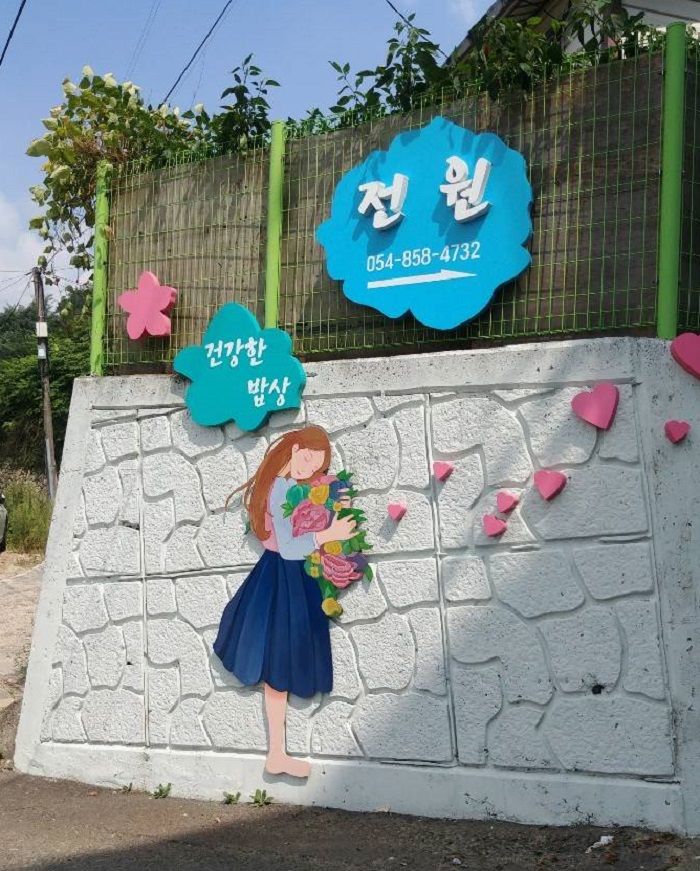
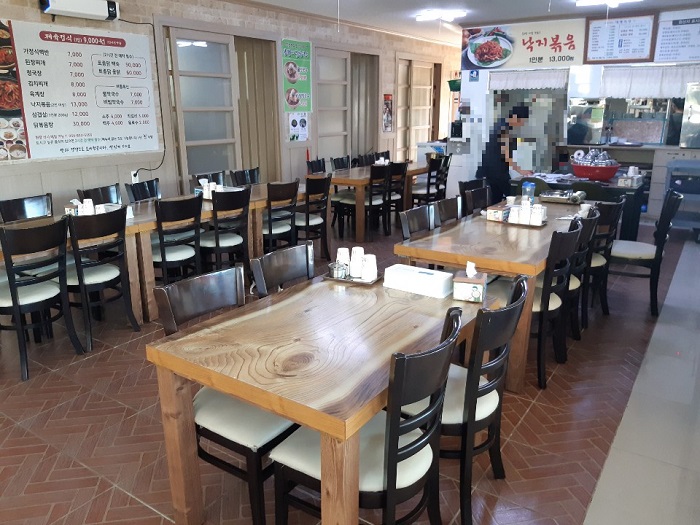
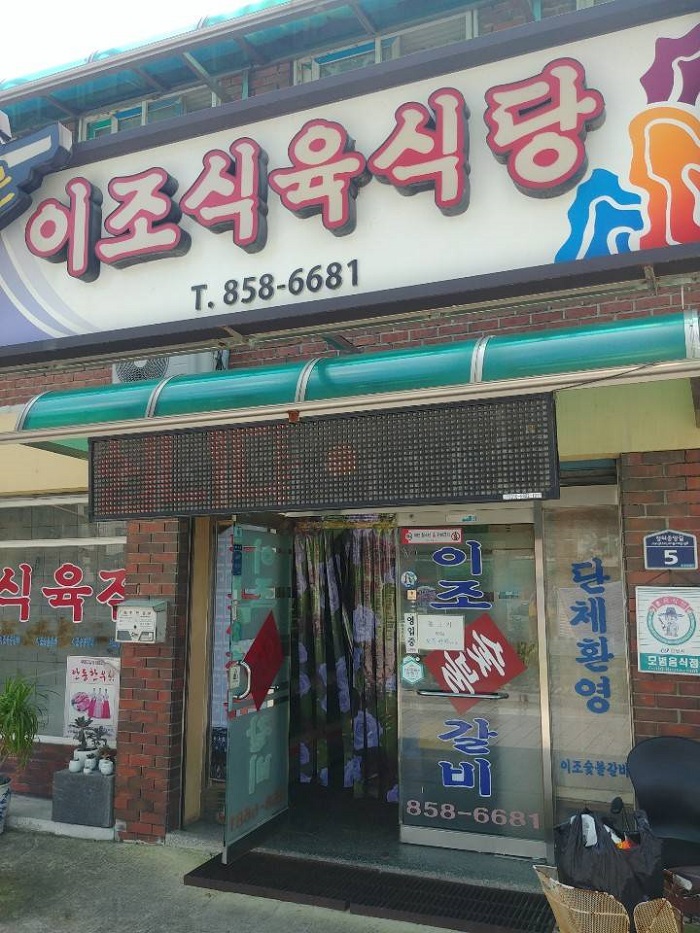
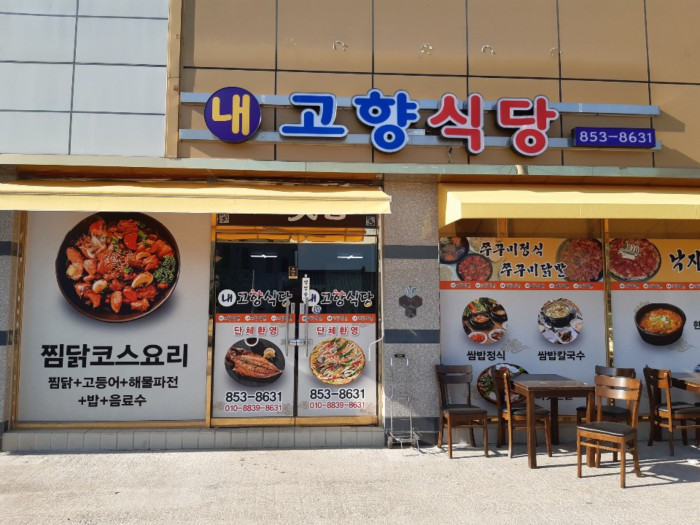
 Español
Español
 한국어
한국어 English
English 日本語
日本語 中文(简体)
中文(简体) Deutsch
Deutsch Français
Français Русский
Русский